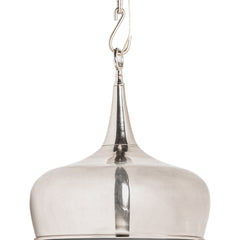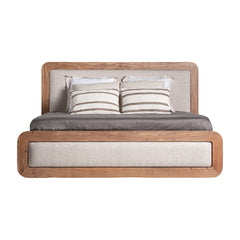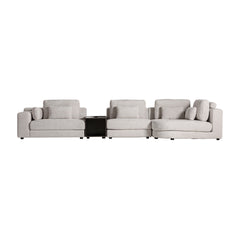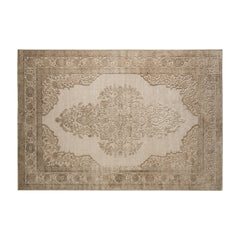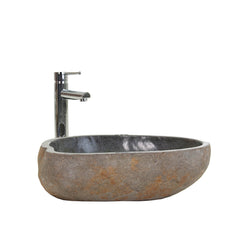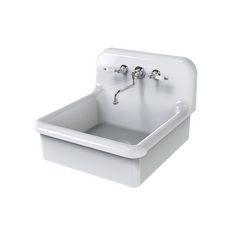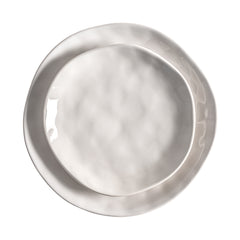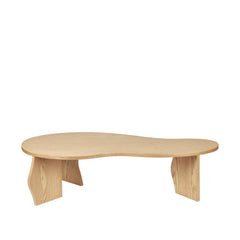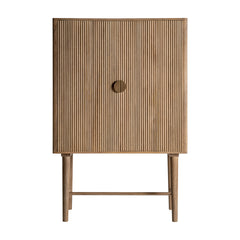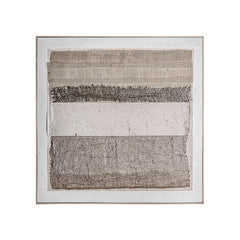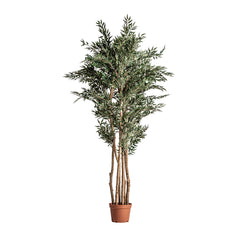The Quiet Power of Danish Design
From Midcentury Modernism to Global Minimalism
Some revolutions arrive with noise. Others, with silence, symmetry, and a perfectly crafted wooden chair.
Danish design—long celebrated for its restraint, functionality, and warmth—did not emerge as a fad or flourish. It evolved slowly, with intention, over a century of cultural clarity and craftsmanship. It was never just about furniture. It was about values: honesty in materials, humility in form, and beauty that doesn’t ask to be noticed.
Today, Danish design is not only admired—it is imitated, exhibited, and quietly embedded in how we live, work, and rest.
Roots in Craft and Conscience
Danish design begins not with industry, but with artisans. In the 19th century, Denmark was still largely agrarian, and its craftspeople—cabinetmakers, silversmiths, weavers—formed the foundation of what would become a national design ethos.
At the same time, Danish thinkers and educators began pushing for a marriage of art and function. The influential Kunstindustrimuseet (Museum of Decorative Art), founded in 1890, reflected this impulse: to elevate everyday objects through thoughtful design.
It was a philosophy born in small workshops, but it would soon resonate on the world stage.
The Midcentury Moment
The golden age of Danish design arrived in the mid-20th century, at the intersection of postwar optimism and Scandinavian pragmatism. Danish designers, responding to a world craving order and comfort, offered a new visual language: calm, composed, and deeply human.
This era birthed the icons.
-
Arne Jacobsen’s Egg Chair (1958): sculptural yet soft, it redefined public space.
-
Hans Wegner’s Wishbone Chair (1949): a masterclass in tension and curve, made to be sat in for life.
-
Finn Juhl, Børge Mogensen, Poul Kjærholm: each offered their own interpretation of the Danish ideal—furniture that was not only designed but lived with.
These works were embraced not as status symbols, but as expressions of clarity. They fit in homes without taking over them. They aged gracefully.
Form Follows Feeling
While German modernism preached “form follows function,” Danish design added something subtler: feeling. Warm woods, organic curves, and tactile surfaces made even the most minimal spaces feel lived-in. Function mattered, but never at the expense of atmosphere.
Light, too, was central—both natural and artificial. Designers like Poul Henningsen, with his multi-shade PH lamp, mastered the interplay of glow and shadow, refusing the glare of the modern world.
This was design as empathy. Every object had to serve, but also to soothe.
Global Legacy, Local Integrity
In the 21st century, Danish design has become shorthand for global minimalism. Brands like Muuto, Hay, and Normann Copenhagen have carried the torch, introducing Danish aesthetics to new generations and markets.
Yet the heart of it remains unchanged: honest materials, enduring form, and an understated elegance that resists trend-chasing.
Even IKEA, that global populist of furniture, owes much to Denmark’s influence—borrowing its calm lines and clever flat-pack logic.
Why It Endures
Danish design endures not because it insists on being modern, but because it insists on being essential. It doesn’t shout. It persuades—through balance, proportion, and the promise that beautiful things can still be useful, and useful things beautiful.
In a world often obsessed with novelty, Danish design offers something rarer: continuity. A quiet revolution that began in woodshops and workshops now lives on in apartments, studios, museums, and memories.
0 comments

